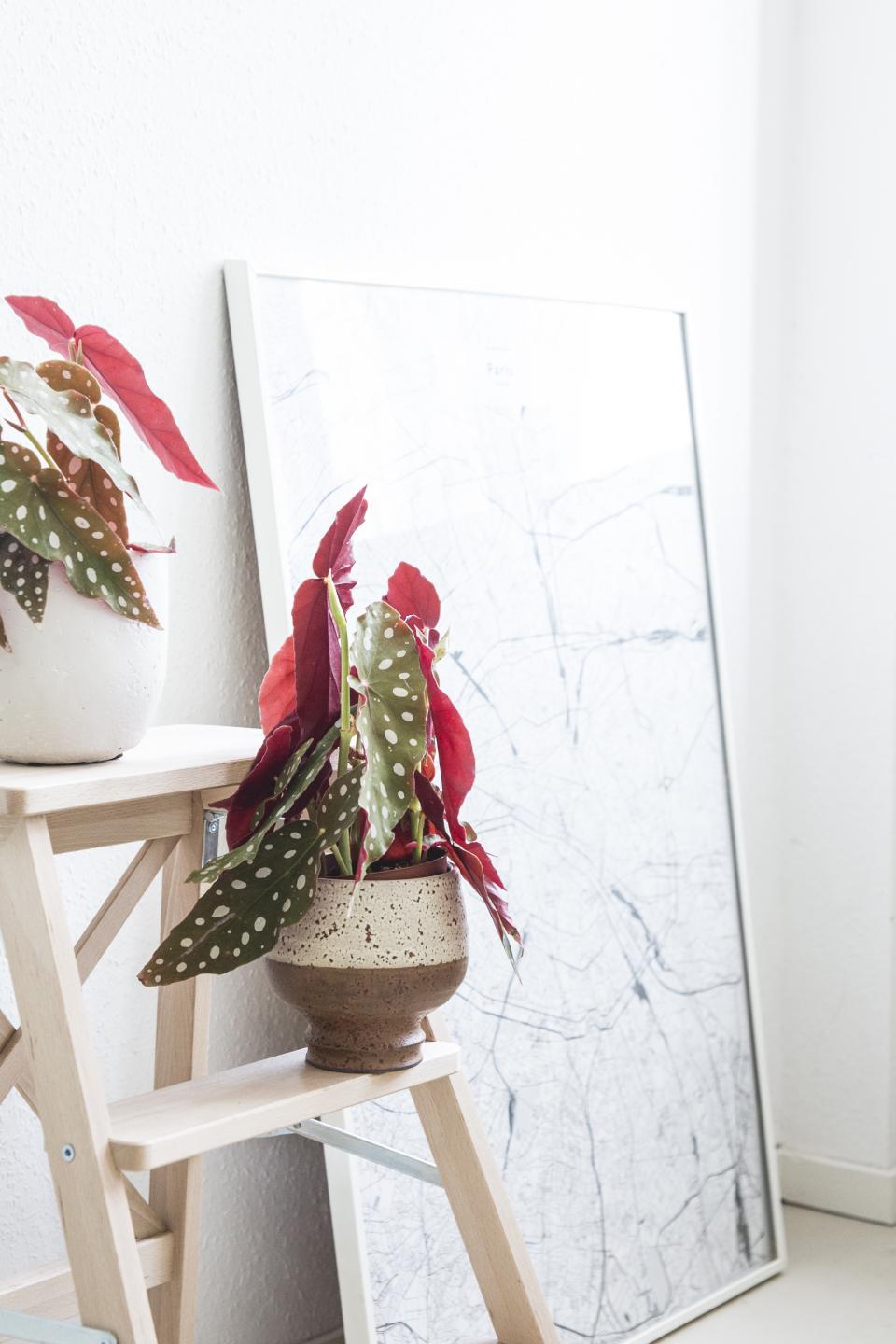Most houseplants originate from warm places, such as the tropical rainforest. In Europe, the first time these exotic plants were discovered was centuries ago, when travellers brought them back from their distant journeys. The new discoveries were then given a place in botanical gardens and greenhouses, where they were studied and grown. The indoor climate was not yet plant-proof, because it was too dark and cold.
Bring back nature
From the mid-nineteenth century, better insulation and larger windows allowed plants to survive indoors - and this was made good use of. With the Industrial Revolution, more and more people were living in cities, away from nature. With plants in the house, the connection with nature was restored.
At this time, keeping plants was becoming longer the preserve of the very rich. With the rise of professional growers, plants are becoming cheaper and therefore available to more people. Slowly but surely, more and more plants find their way into the living room.

Beautiful inside and out
From the end of the nineteenth century, the views on decorating houses changed. Plants were seen as enrichment for a room as well as a decorative object. The aesthetic value of plants therefore became more important. People also discovered that plants contribute to a healthier living environment.
Since then, it has been impossible to imagine interiors without houseplants. And different plants are popular every decade. For example, ferns were hot in the 1950s. And the 60s and 70s are inextricably linked with the money plant, the Elkhorn fern and the snake plant. And you can bet that you will come across cactuses and orchids in old family snapshots.
Our unbreakable bond with nature
We have a human need to surround ourselves with plants is of all times. And our love of nature has a name: Biophilia. Biophilia is the idea that humans have an innate tendency to seek connection with nature and other life forms. Psychoanalyst Erich Fromm was the first to use the term in 1973. A few years later, biologist Edward O. Wilson published the book Biophilia, in which he introduced his theory that our love of nature is genetically determined and a result of evolution.
We use this fact for a new movement in interior design: Plant Design. With Plant Design, plants play the leading role in the design of your home. We call this furnishing Plant First. Want to know more? Check out our dossier full of inspiration here.
more plant design
Can't get enough of Plant Design? Discover more tips and tricks to deal creatively with space and plants, or learn how to turn your home office into a green oasis. Or view the Plant Design dossier for more information and masterclasses from Plant Design experts. Share your greenery with us on Instagram and Facebook with the hashtags #thejoyofplants and #plantdesign?












